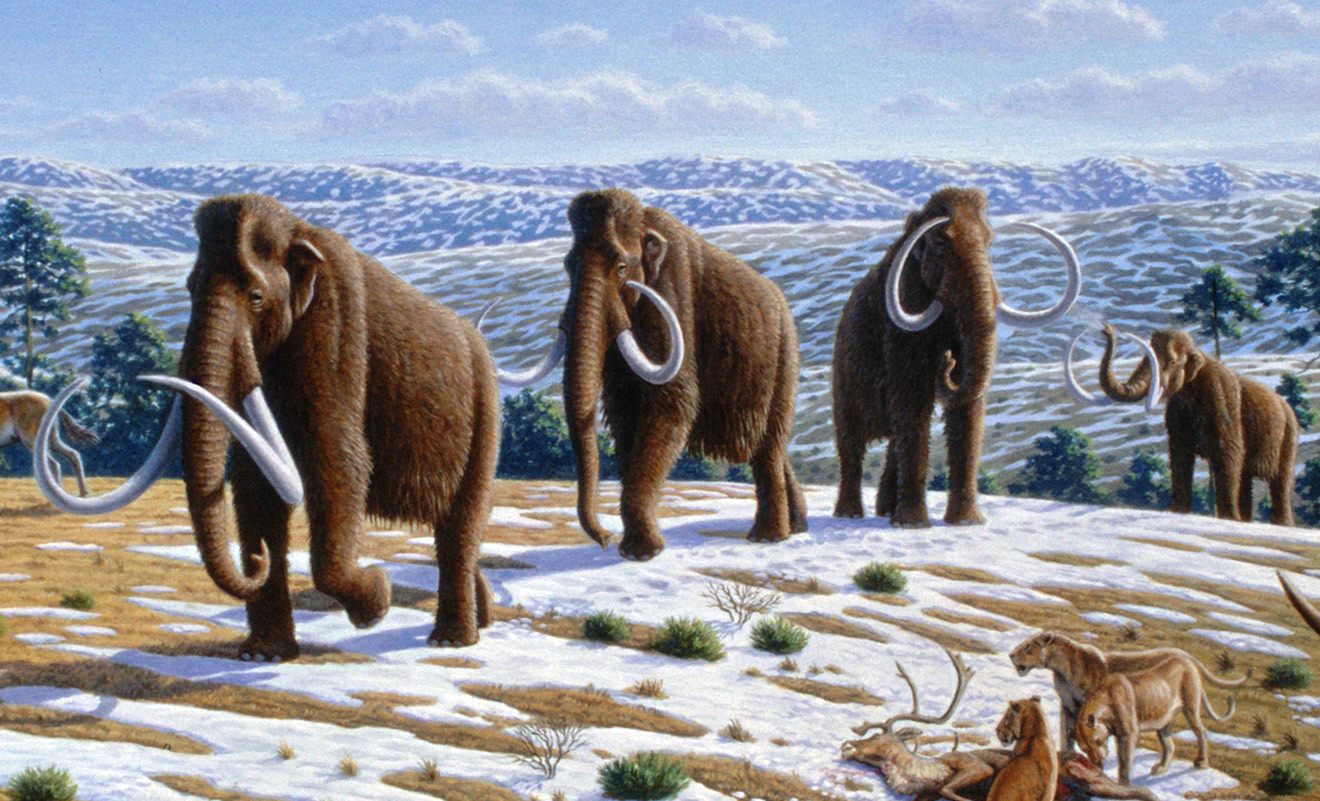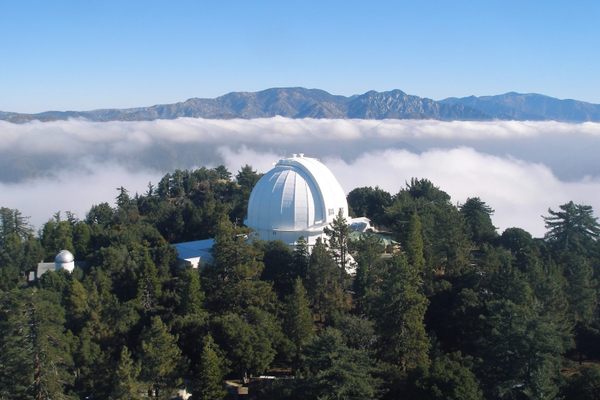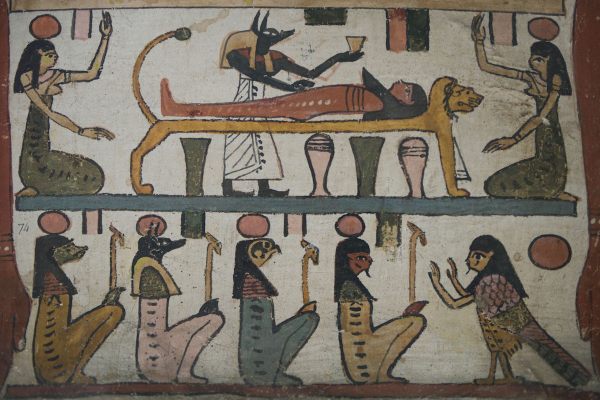Why Teenage Male Mammoths Tended to Die in Really Silly Ways
YOLO

Boys will be boys, mammoths will be mammoths, and boy mammoths will be both, according to a new study published Thursday in the journal Current Biology. Scientists from the Stockholm University surveyed the remains of 98 mammoths—bones, tusks, teeth—and found “a significant skew towards males.” At one site in South Dakota, for example, of the 14 well-preserved mammoths found, just one was female. Why? “In many species, males tend to do somewhat stupid things that end up getting them killed in silly ways, and it appears that may have been true for mammoths also,” Love Dalén, an evolutionary biologist from the Swedish Museum of Natural History, told the New York Times.
While older females were more cautious, younger males seem to have gone charging into lethal natural traps, the authors speculate, and these natural traps had a greater likelihood of preserving their remains. These young bucks tumbled through thin ice. They got dragged away by mudflows. They drowned in pools. Their taste for or ignorance of danger almost went unnoticed—until Patrícia Pečnerová, a doctoral student at Stockholm University and lead author on the study, began filling in a spreadsheet for a different project on mammoths. There were, she observed, too many males—more than there should have been, more than any previous research would have suggested. Of the 98 specimens, collected from Siberia over about 40 years, and dating to between 60,000 and 4,000 years ago, 66 were male to just 29 females.
There’s a modern equivalent to this pattern among mammoths’ closest living relatives. Elephants live in herds, each led by a sensible older female. But when puberty sets in, male calves go running for the hills, to live either as loners or in bachelor herds, without the wise guidance of a matriarch. It’s now thought that mammoths did something similar, and the social structure sometimes led them to a premature demise.
Still, there’s an upside to that impetuousness, at least for scientists. Without it, there’d be far fewer mammoth fossils to study. Cold comfort for those young mammoths, however.




















Follow us on Twitter to get the latest on the world's hidden wonders.
Like us on Facebook to get the latest on the world's hidden wonders.
Follow us on Twitter Like us on Facebook